This Terrifying-Looking Horned Spider Is Actually Quite Harmless
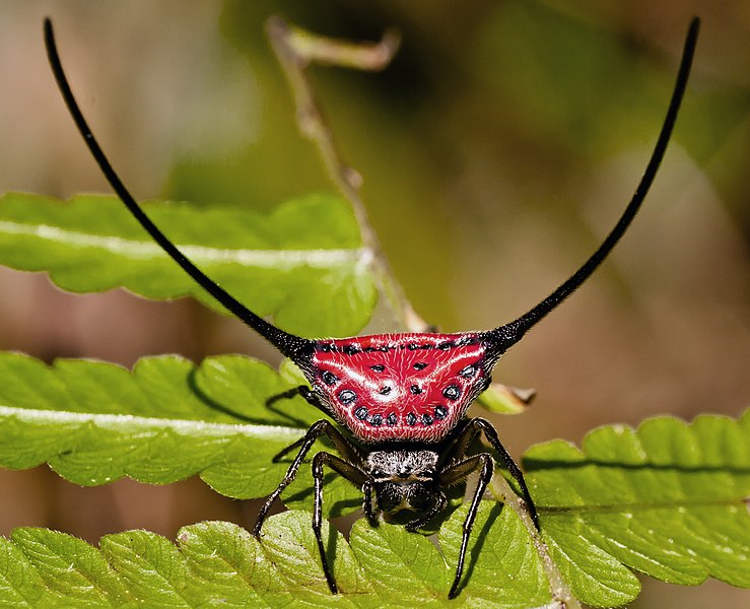
Macracantha arcuata, aka the horned orb-weaver spider or the wishbone spider, have a pair of intimidating long horns growing out of their abdomen. Although both male and female Macracantha arcuate spiders feature spines on their abdomens, it’s the females that stand out. They have three pairs of spines coming out of their abdomens, but it’s the […]
This Bird Is the Heaviest Animal Capable of Walking on Water

Using their large feet and fast stride, the Western and Clark’s grebes can run as far as 20 meters on water, making them the only bird and the heaviest animal on Earth capable of doing so. If you exclude Jesus Christ, whose biblical feat of walking on water is literally considered a miracle of the […]
Insidious Parasite Causes the Tongues of Fish to Fall Off And Then Replaces Them
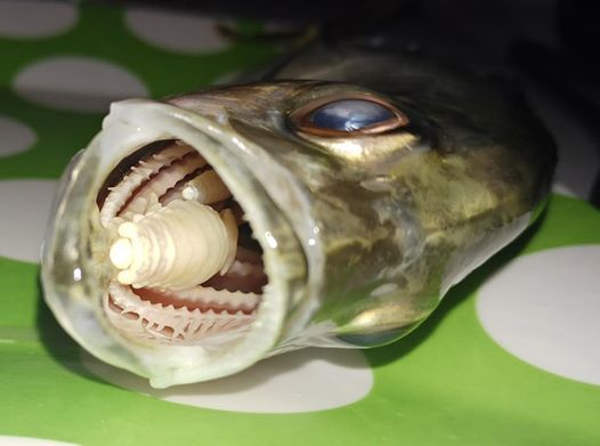
Cymothoa exigua, popularly known as the tongue-eating louse, is a parasitic isopod that attaches itself to the tongue of its fish host, severs circulation, causing the organ to necrose and fall off, and then becomes the new tongue. We’ve covered a bunch of terrifying parasites on Oddity Central, but few can hold a candle to […]
Hooded Pitohui – The World’s First Scientifically-Confirmed Poisonous Bird
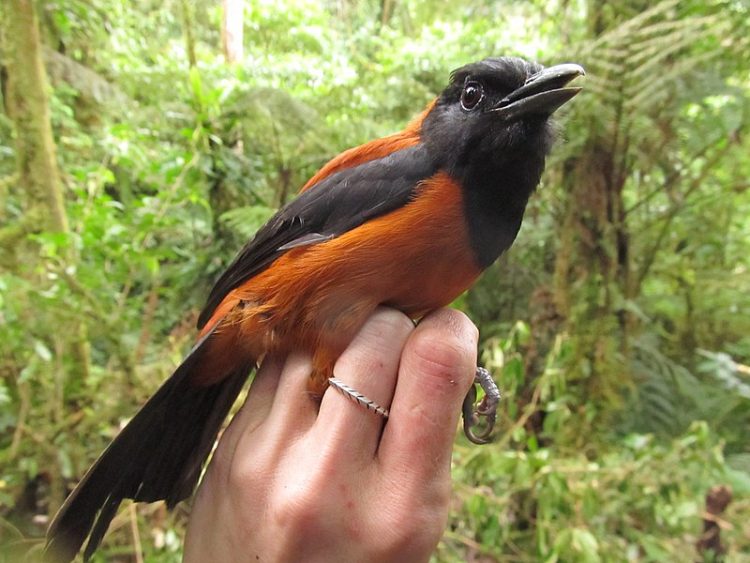
The hooded pitohui, a small bird endemic to Papua New Guinea, is the first and only scientifically-confirmed poisonous bird in the world. The Melanesian people of Papua New Guinea have long known to keep their hands off of hooded pitohui, but to the western world, the bird’s toxic potential was only discovered by chance just […]
The Ladoum – Senegal’s Star Sheep Can Cost More Than a Car
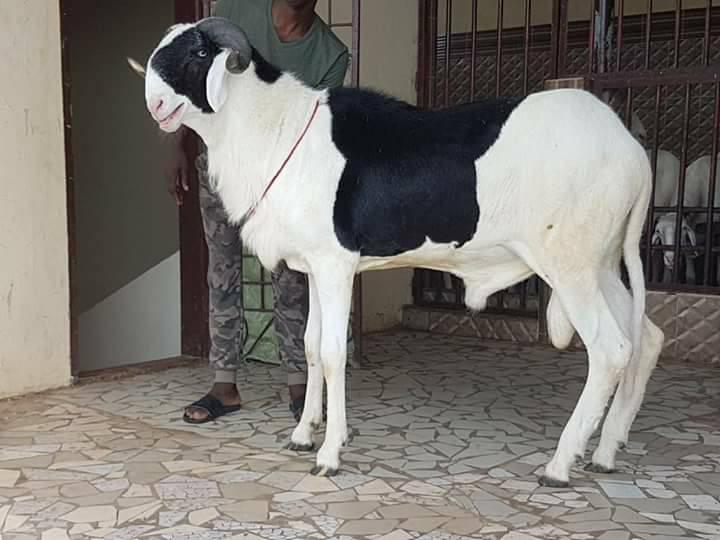
The Ladoum sheep, known as the “king of sheep” in Senegal, is considered a mark of prestige and a status symbol in the African country, with prices for top specimens exceeding $85,000. A hybrid of the Mauritanian ‘Touabire’ breed and the Malian ‘Bali-bali’, the Ladoum was first bred outside Senegal’s capital of Dakar in the […]
Africa’s Feathered Locust – These Little Birds Cause the Cutest Plague Imaginable
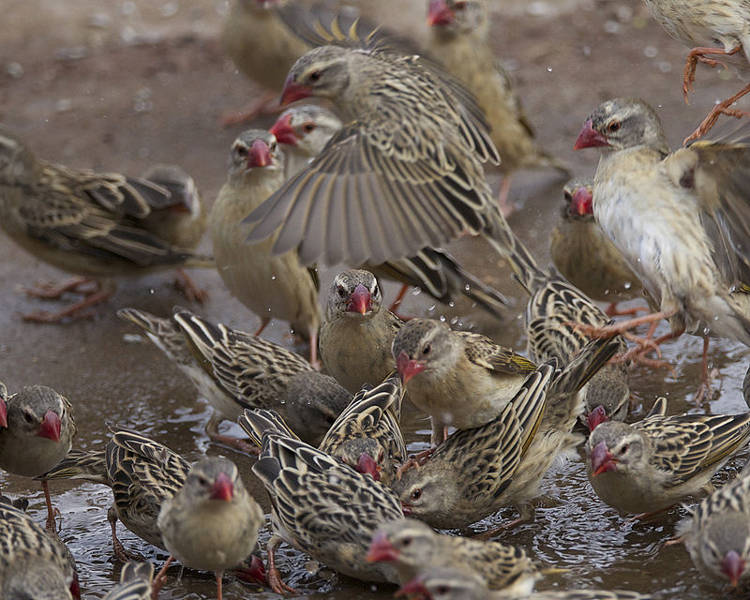
To most of the world, the red-billed quelea is a cute, sparrow-like bird native to Sub-Saharan Africa, but to the farmers of the regions that this little creature calls home, it is a pest capable of wiping out their crops. Biblical plagues mention insects like locusts, lice and flies, but to the people of African […]
Meet Dexter, the Dog That Learned to Walk Like a Human

Dexter, a 7-year-old Brittany Spaniel from Colorado, has become an inspiration for many around the world after he taught himself to stand up and walk on his hind legs after suffering an accident. When he was only a puppy, Dexter escaped his owners’ yard in Ouray, Colorado, darted into traffic and got hit by a […]
These Silver, Reflective Beetles Look Like Living Jewelry
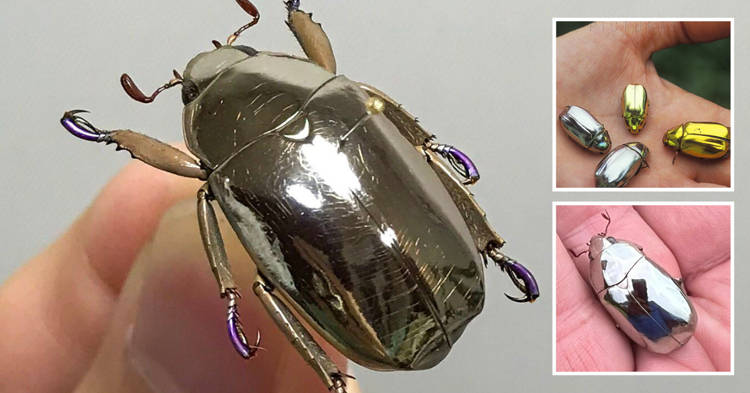
Chrysina limbata is a species of beetle native to the tropical rainforests of Central America known for its metallic reflective silver color which makes specimens look like living pieces of jewelry. Chrysina limbata is regarded as one of the most beautiful insect species on Earth, and for good reason. These beetles have a reflective silver metallic […]
Ukrainian Family Returns Home After Four Months of War, Finds Dog Waiting for Them

When a Ukrainian family returned to their war-ravaged home in Hostomel after four months, the last thing they expected to find was their beloved pet husky, Belyi. In March of this year, when Russia started targeting Hostomel’s strategically important airport with its artillery, 35-year-old Kateryna Tytova and her family had to make a heartbreaking decision. […]
Photos of Lion With Straight Bangs Leave Millions Scratching Their Heads
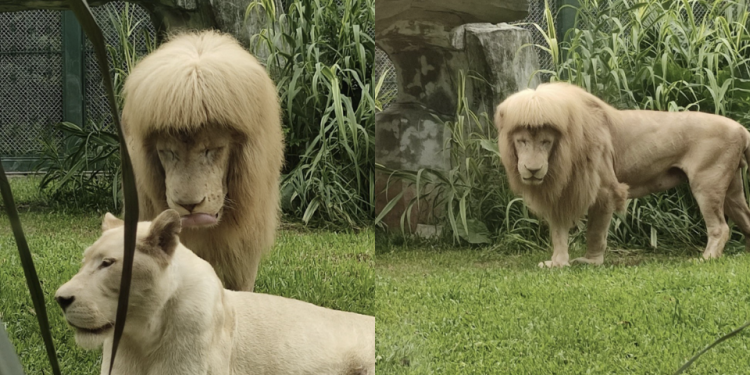
Photos of a male lion at a Chinese zoo sporting baby bangs went viral online, leaving many wondering how the staff managed to pull off the haircut. They claim they didn’t… The lion’s mane is the most recognizable feature of the species, and even though its size and color vary by a variety of factors, […]
Ram Allegedly Sentenced to Three Years Behind Bars for Hitting and Killing a Person
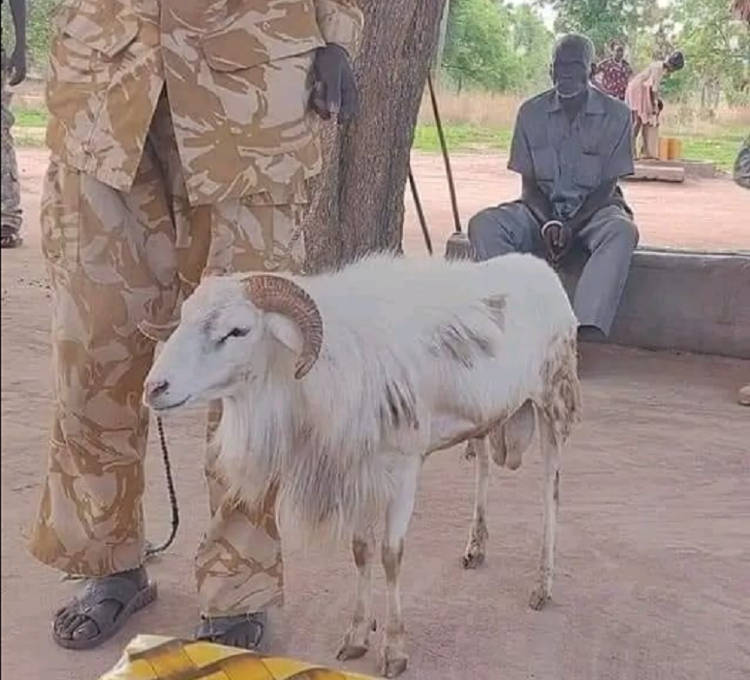
Authorities in the African country of Sudan have allegedly sentenced a ram to three years in prison for hitting and killing an old woman. If humans had to go to prison every time they killed a goat, we would have to build so many more prisons, but when the roles are reversed for a change […]
Chinese Man Builds Lavish $51,000 Mini-Mansion for Pet Dogs

A dog owner in Eastern China’s Jiangsu province spent the last three years and a whopping 340,000 yuan ($51,156) building a miniature mansion for his 10 pooches. Mr. Zhou, a 33-year-old businessman who made his money in the crayfish trade, started his pet project in 2019, soon after finishing another, much more modest abode for […]
Indian Runner Ducks Stand Upright Like Penguins, Can Outrun Most Humans
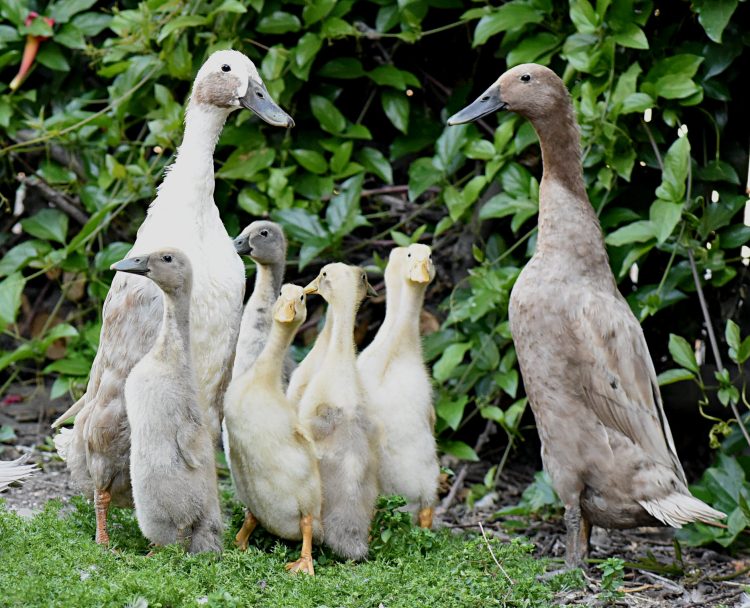
The Indian Runner duck has the most distinctive body type among all the world’s duck breeds. With legs positioned further back on the body than all other duck breeds, they stand upright like penguins and run rather than waddle. Native to the Asian continent, the Indian Runner duck is a development of the wild mallard. […]
YouTuber Creates Custom Fish Tank So He Can Take His Goldfish on Walks

The problem with having fish as pets is that you can’t really take them with you on the go like you can land mammals like cats and dogs. Well, unless you have one of these mobile fish tanks, that is! It all started with a series of posts on the Facebook Open Society group from […]
This Marine Mollusk Has Teeth Literally as Hard as Steel
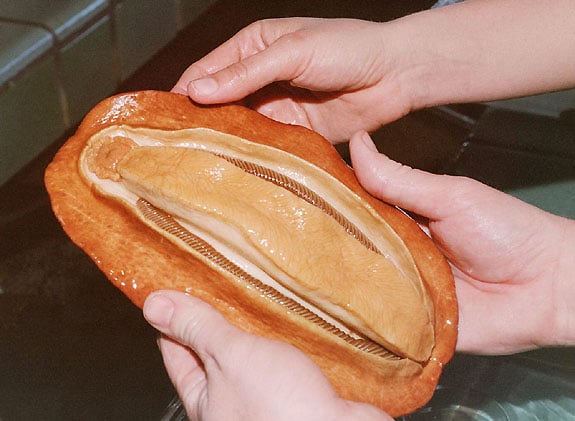
The gumboot chiton, a marine mollusk also known as the Wondering Meatloaf, has teeth made of the hardest biological material known to man. Magnetite is a geologic mineral commonly found in the earth’s crust, but it’s also somehow produced by the gumboot chiton and synthesized into rows of small teeth hard enough to scrape algae […]
